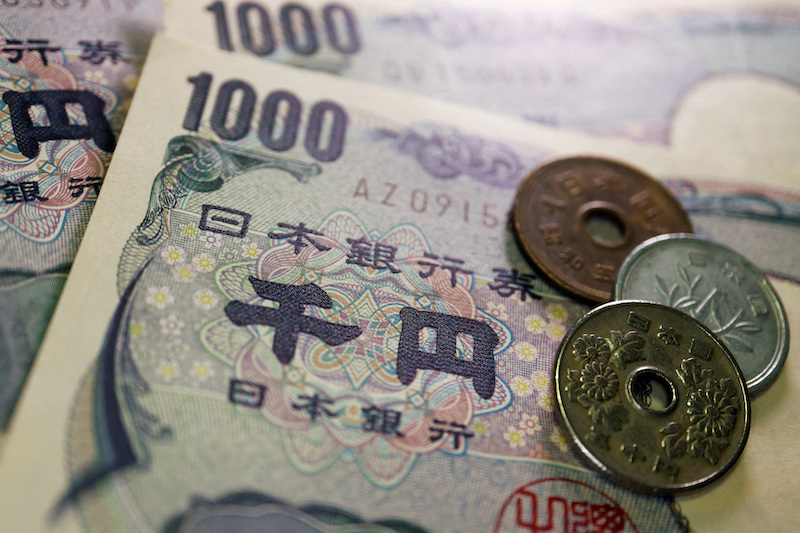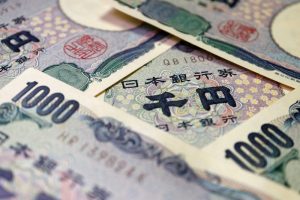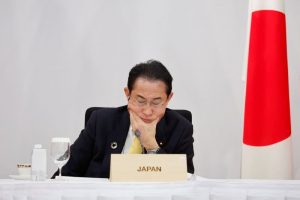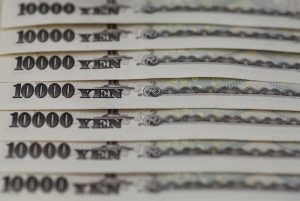Japan plans to use $24 billion of its emergency reserves as it bids to offset the economic hit of surging food and energy prices.
Japanese Prime Minister Fumio Kishida announced the move on Thursday, adding that the government would provide 50,000 yen ($345) in financial support to households that are exempt from paying resident taxes.
Kishida said the government would present another economic package in October, which will add to a slew of measures to deal with the pain from the rising cost of living to be unveiled on Friday.
The government would consider compiling a supplementary budget “at an appropriate timing” to finance the package due in October, the PM said.
For the time being, the government will tap 3.5 trillion yen ($24.3 billion) in emergency reserves in late September to fund steps to cushion the economic blow from rising food and energy price, Kishida said.
“Rising prices such as in food and energy are having a major impact on consumers’ lives and the management of businesses. We’ll take seamless measures with a sense of urgency,” Kishida told reporters on Thursday.
The move by the government to provide extra support shows Kishida’s resolve to try to limit the fallout the world’s third-largest economy is seeing from higher prices of fuel, energy and commodities globally.
Helping consumers withstand the pain they face from global price rises that are pushing up the cost of living has become one of Kishida’s policy priorities to boost the country’s economic recovery and win back support for his cabinet.
Talk of a supplementary budget, rather than relying again on emergency reserves, suggests October’s package could be more sizeable than the immediate help.
A government panel will outline on Friday near-term steps such as offering 50,000 yen to help households that are exempt from paying resident taxes.
The government will also extend a freeze on the price of imported wheat the government sells to retailers beyond October – a move that essentially makes it easier for households to cope with higher commodity prices.
Also on AF: Russia Cheated by Grain Deal, Gas Price Cap Stupid: Putin
Meanwhile, Tokyo is also poised to take action in the currency market after the yen plunged to 24-year lows in recent weeks, the country’s top currency diplomat revealed.
Vice finance minister for international affairs Masato Kanda said the government had not ruled anything out as it looks to address its currency’s “clearly excessive volatility”.
“Volatility is recently heightening in the currency market. Especially in the past few days, we’ve seen one-sided, rapid yen declines driven by speculative moves. It’s clearly a move that can be described as excess volatility,” Kanda told reporters.
“The yen’s recent rapid moves cannot be justified by fundamentals,” he said, adding that the government and the Bank of Japan were “extremely worried” about the currency’s slide.
“If such moves continue, the government is ready to take action in the currency market and won’t rule out any measures,” he said.
When asked whether yen-buying intervention is a possibility, Kanda said: “As I said, we won’t rule out any options.”
Kanda made the remarks after attending a meeting of officials from the Ministry of Finance, the Bank of Japan and the Financial Services Agency (FSA) on Thursday to discuss global financial markets.
Yen’s Decline Continues
Such meeting are held on an ad-hoc basis, usually to signal to markets the government’s concern over rapid exchange rate moves. No written statement was issued after the meeting ended.
“We’ll look at market moves on a daily basis and if we think something is not right, we’ll take appropriate action,” Kanda said, when asked how long volatility needed to continue for Tokyo to consider acting.
The dollar dipped as low as 143.43 yen after Kanda’s remarks before bouncing back to around 144 yen. It last traded around 144.02 yen, off Wednesday’s 24-year high of 144.99 yen.
Authorities have turned up their rhetoric over the yen’s slide, but have failed to slow its decline as investors continued to focus on the policy divergence between the US Federal Reserve’s aggressive interest rate hikes and the BOJ’s resolve to maintain ultra-loose monetary policy.
“Kanda’s language didn’t sound as if Tokyo is ready to intervene immediately, which is why the dollar moved back above 144 yen,” Masafumi Yamamoto, chief currency strategist at Mizuho Securities, said.
Once a welcome boost for exporters, the yen’s weakness is becoming a headache for Japanese policymakers, because it drives up the cost of already expensive fuel and raw materials imports.
- Reuters with additional editing by Sean O’Meara
NOTE: This report was updated with new details and the headline amended on Sept 8, 2022.
Read more:
Yen Sinks to New 24-Year Low, 140-Mark to Dollar Next, Traders Say
Japan Posts Year of Trade Deficits, as Cost of Imports Soar
Japan PM Wants Wage Hikes to Help Households Battle Inflation
























